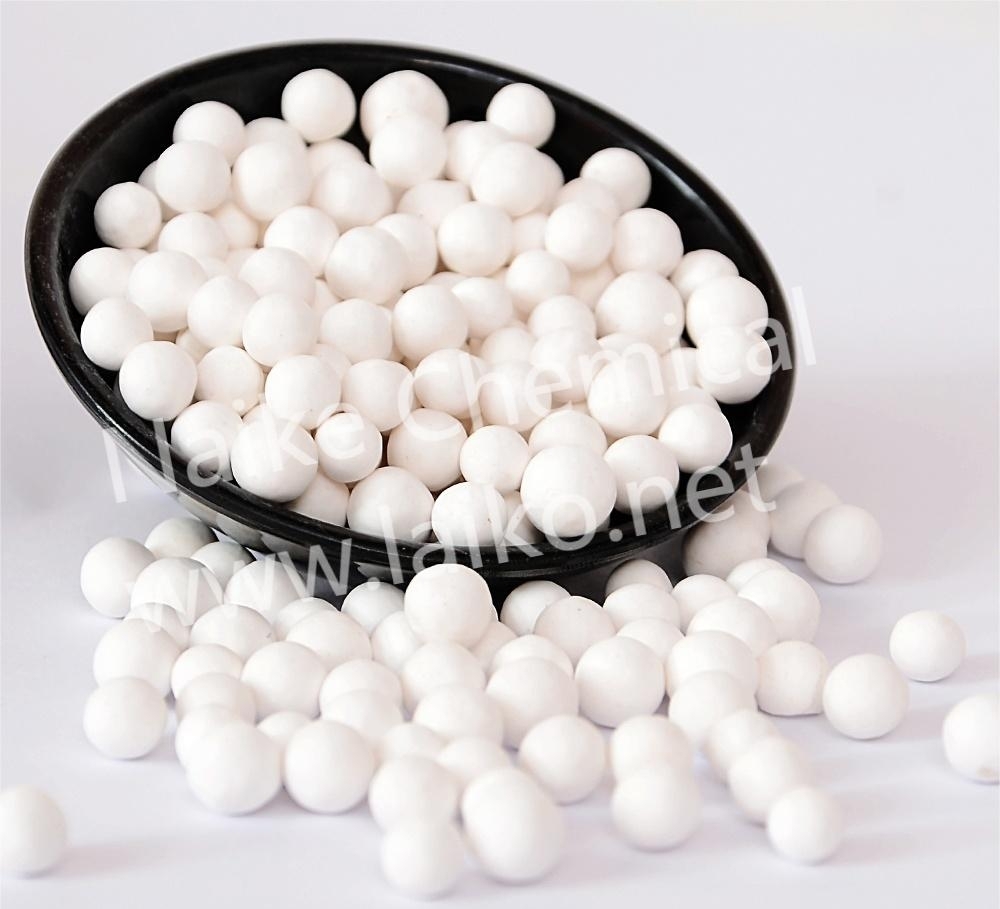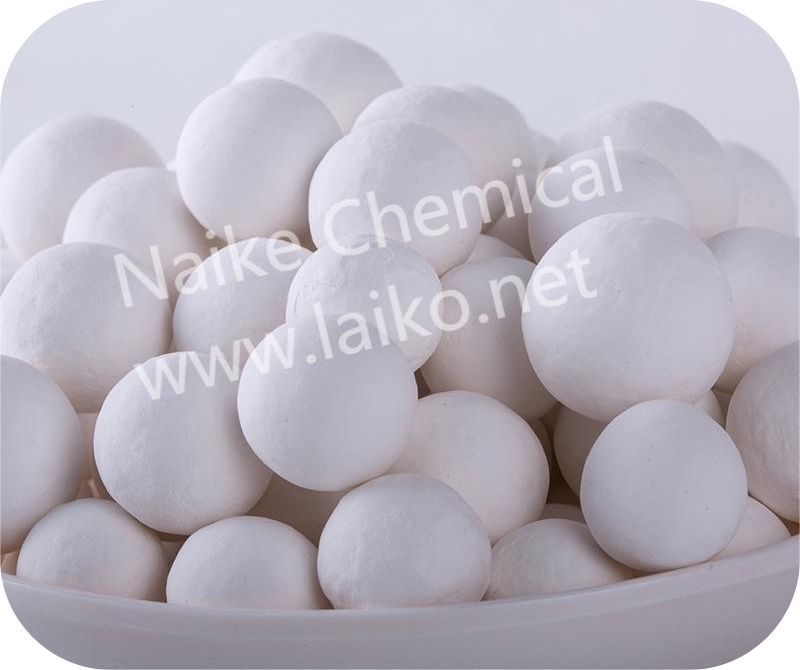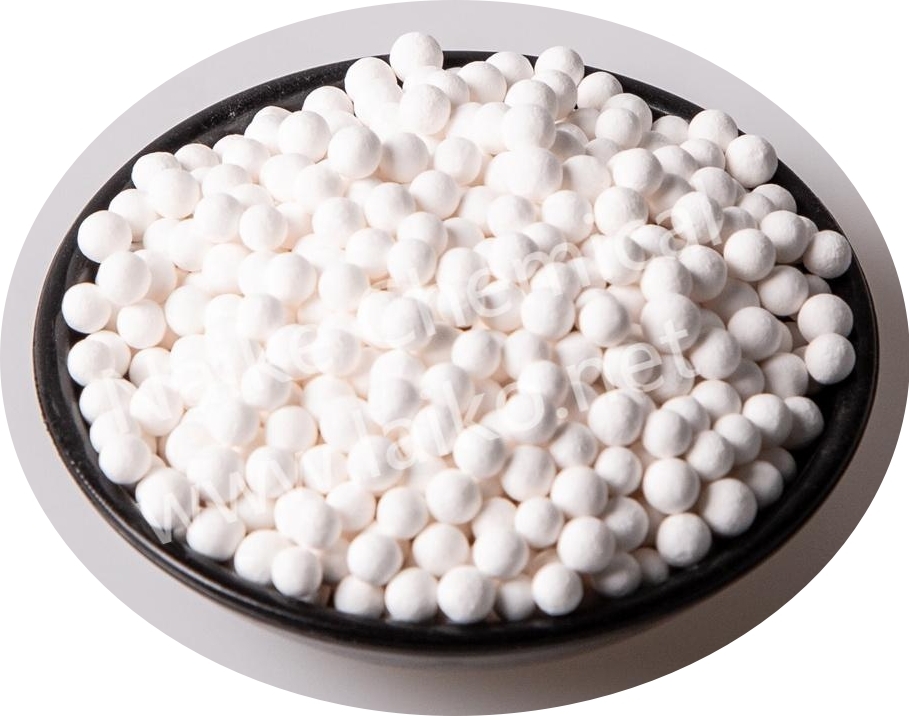What is Activated Alumina?
What is Activated Alumina?

Activated alumina is a porous, solid form of alumina, also known as Al₂O₃. It is also the mineral that makes up the precious rubies and sapphires, the impurities of which are the source of the stones’ brilliant color. After activated alumina has been heated to expel existing water, the material’s high surface area and many pores allow water and other molecules to be absorbed by adsorption.
The porous spherical form is the most obvious feature of activated alumina, and these spheres are actually “tunnel-like” on a microscopic level, which makes them easy to use for many different tasks. For example, they can be used to dry gases, as the drying of gases is often essential for the safe transport of volatile gases. Gases such as propane must be dried before use to prevent equipment from corroding and causing dangerous leaks.
Another important characteristic of activated alumina is that it is very stable. It will combine with other substances without changing its chemistry or form. And, because it is porous, its surface area is much greater than its weight, allowing it to adsorb large amounts of things.
Activated alumina is also adsorptive, as the chemical is drawn into the pores of the activated alumina spheres it binds to the solid material. Once inside, it will not come out without considerable heating.

Activated Alumina Uses
The characteristics of activated alumina make it very useful in cleaning up toxic waste and stormwater runoff from polluted areas. Rainwater can absorb pollutants, such as soluble metals from industrial activities. It can also flush pollutants such as arsenic and lead from mining operations into groundwater. Activated alumina is not only great for cleaning up toxic spills, but it is also suitable for cleaning up toxic sites that have long been abandoned and are only now being targeted for clean-up. This shows that activated alumina is an effective way to clean up the environment and its ability to bind to toxic substances means that these substances do not leach back into the environment when they are treated.
Activated alumina is also an excellent desiccant, drying air and other gases with high humidity. It is thus used in the manufacture of hydrogen peroxide, and the dehydration and purification of natural gas and petrol.
In addition to this, it is used for water purification in industrial applications, municipal water treatment facilities, and domestic use. It excels in the removal of fluoride from drinking water as well as lead, arsenic, and other contaminants.
The high resistance to pressure, high porosity, and very stable chemical and physical properties of activated alumina make it one of the most important and useful elements in our high-tech society.
What is the Difference Between Activated Alumina And Molecular Sieve?

Although activated alumina and molecular sieves are relatively identical in appearance, they differ in their raw materials, principles, and properties. Activated alumina pore size dispersion is not uniform, so its selection is not very good, but it has a higher mechanical strength than a molecular sieve, as well as a very high specific surface area, and has adsorption polarity to water, so in daily industrial production commonly used as a drying agent, can also be used as a catalyst carrier, can make the catalyst has the characteristics of pressure and high-temperature resistance.
The molecular sieve adsorption function depends on the size of the pore channel and the pore volume of the molecular sieve. Molecular sieve adsorption is mainly due to the molecular gravitational force in the solid appearance of an “external force”, when the fluid flow, some molecules in the fluid because of irregular movement and collision to the molecular sieve appearance, molecular concentration in the molecular sieve appearance, so that the number of such molecules in the fluid is reduced, to achieve the purpose of separation and removal.



